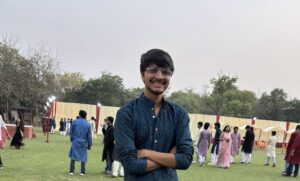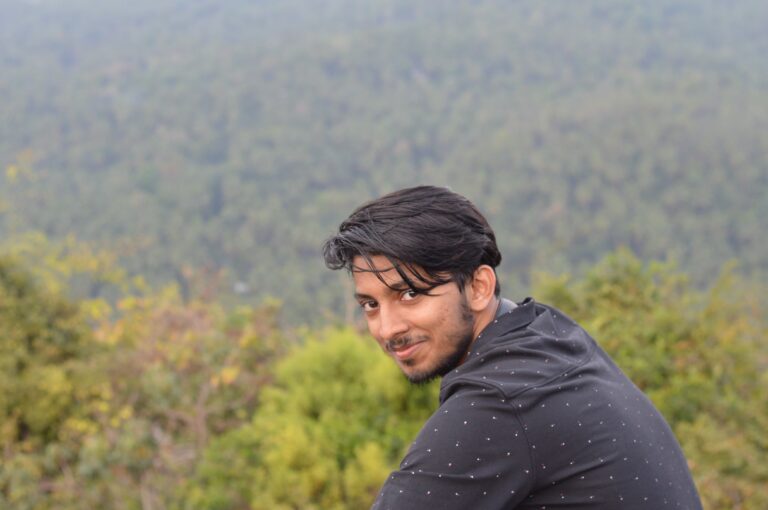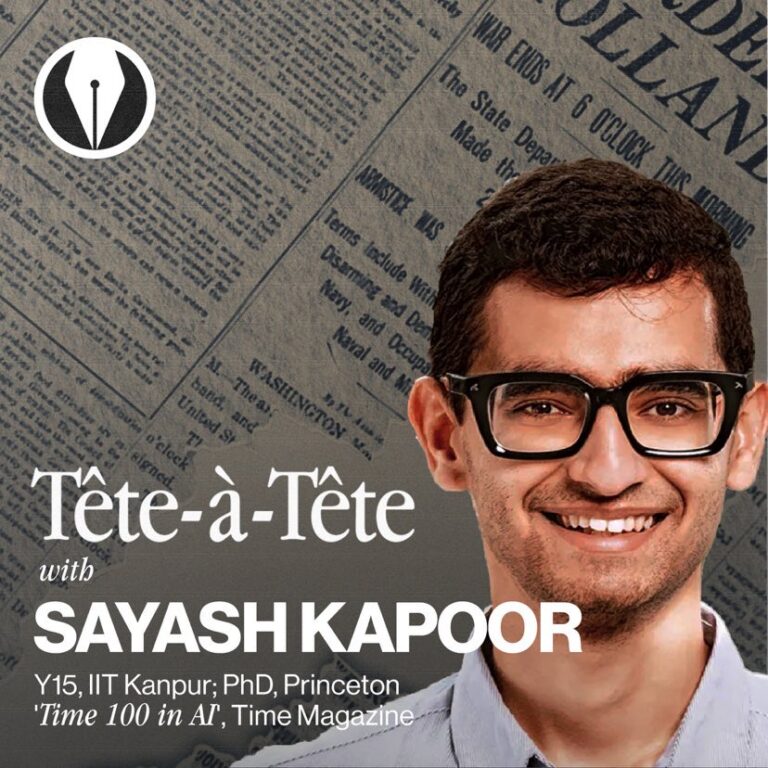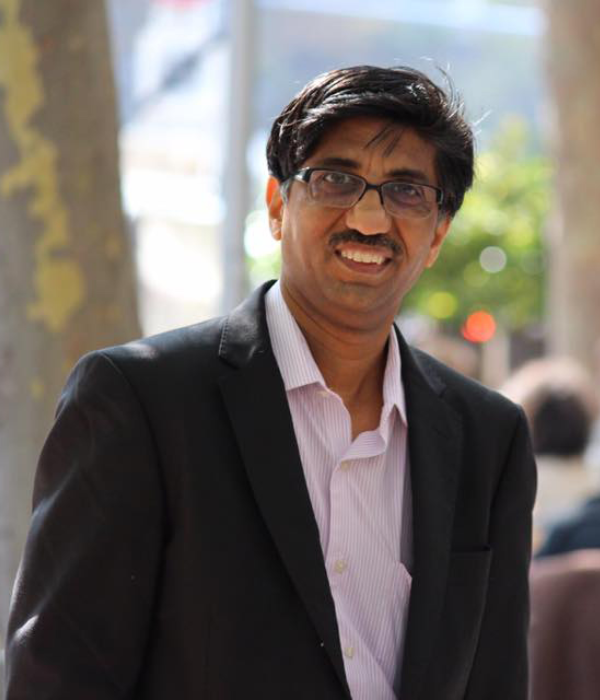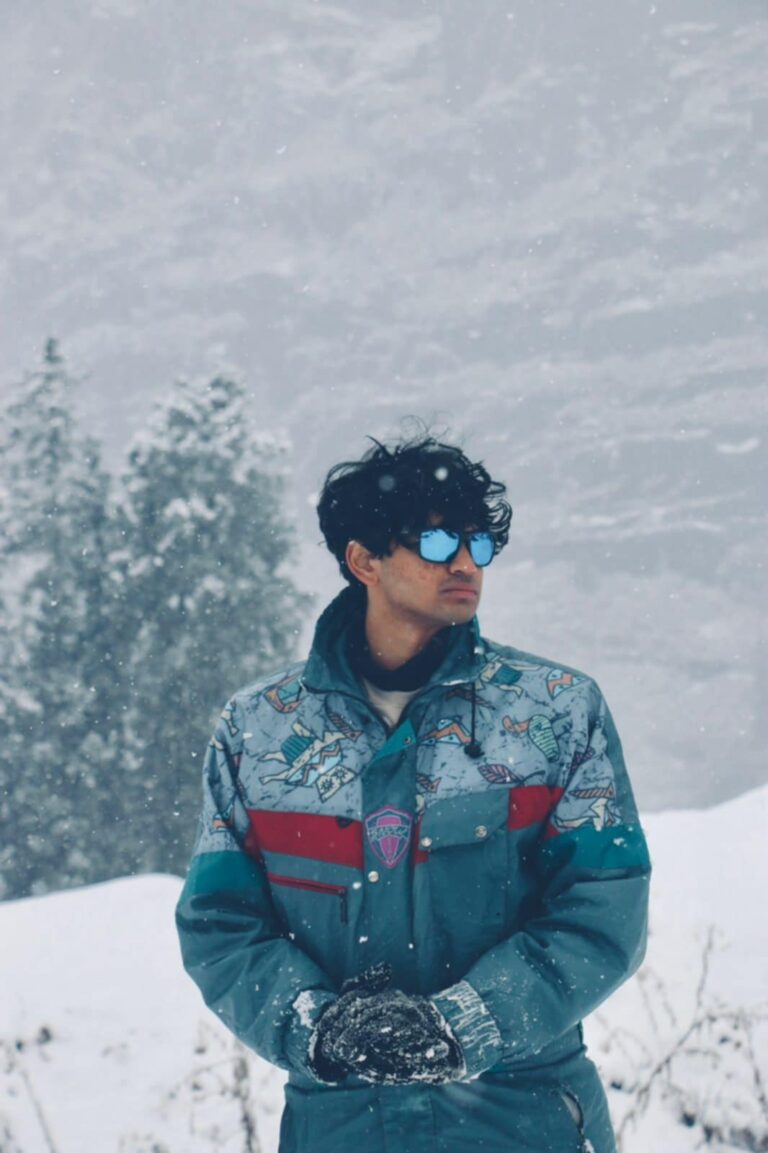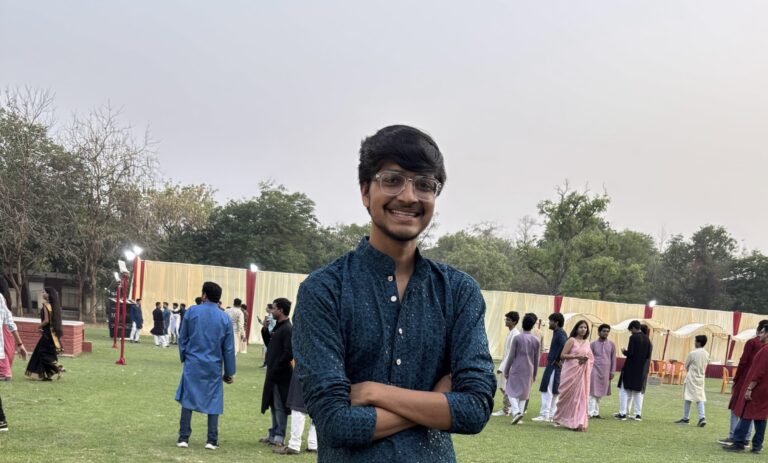Continuing with the reminiscences of Abhay Bhushan, here comes the second part in the trilogy. Enjoy! (You can view the first part here.)
My Undergraduate Years at IIT Kanpur – Part II
Abhay K. Bhushan, BT EE 1965, Roll No. 60001
Life at Textile hostel was fun for the most part. There were badminton courts in the little courtyard and a playing field behind the hostel. I used to play most evenings, and also did some friendly wrestling with friends. Sometimes we would walk to the River Ganges which was not too far away and take a bath or a swim. There was also a common room where we had a table tennis table and carom and chess. There was a small dining hall. A contractor was hired to provide the food, which was generally of poor quality. Unfortunately, there was child labor in those days, and some of the mess servants were under 14 years of age. They were generally abused by the older adult mess servants. For entertainment, we went to Green Park, whenever there was a cricket test match in town, and also saw movies as we were in the City of Kanpur. When we could afford it, we went to the restaurant Khayyam. In the very first year we also had a very nice all day picnic in Allen Forest behind HBTI campus, which was most enjoyable.
Every year, we had an annual sports day, with all types of games and races. We also put our own cultural program annually, with plays in Hindi and English and music, songs and skits. We also had debating competitions. Prof J. P. Bhargava, our drawing teacher, was in charge of sports, and encouraged us to play games, ensuring that we had the necessary equipment and supplies. Later on, he also became in charge of the National Cadet Corps (NCC) program, which became compulsory after the 1962 India China border war.
Prof. E. K. Das, our English teacher took a lot of interest in the cultural activities and directed a number of English plays. He tried to encourage us to read English classics, and also public speaking. English was our first humanities subject.
In our second year, Prof G. D. Agarwal joined the faculty in Civil Engineering and became our hostel warden. For those who know GD, he was very dedicated to us students and to mother India. You may recall that he recently declared a fast to help protect River Bhagirathi, the source of the Ganga. Now GD was an early riser and declared compulsory morning exercises (P.T.) at 6 a.m. for all of us. He would arrive at day break at the hostel, blow his whistle and exhort us all to become physically active and strong. He took attendance and was disappointed that many students would not show up. As a punishment for our tardy attendance, GD had us all march to Kalyanpur to help symbolically lay the foundation for the new IITK campus. GD was also fun and took us all on a memorable trip to Khajuraho.
In our second year, Prof. N. C. Nigam also joined the faculty in Civil Engineering. His brother Prof. P. C. Nigam was already a Chemistry teacher. NC was quite friendly to the students and played tennis with us on the HBTI campus courts. It was fun to get together with teacher’s informally. Another teacher who joined us in second year was Prof. A. S. Parasnis who taught us material science. At that time England-returned Prof. Parasnis was quite fashionable and meticulous, bordering on being snobbish. He was a good teacher who was erudite and communicated well. Years later, I found Prof. Arvind Parasnis to be extremely warm, full of human qualities, quite different from my initial perceptions. Prof. K. R. Sarma also joined the faculty in second year and taught us Electrotechnique. He was the first professor at IIT Kanpur that I came across who made up new types of problems for Quiz’s and Tests himself, that were not found in the books. This certainly put emphasis on fundamentals and original thinking.
There were several tragic incidents that made a deep impression on me. In our second year, we had the first student suicide at IITK, when our classmate V.K. Agarwal took his own life by ingesting rat poison. As we were fewer than 70 students in the hostel, two to a room, we were a close-knit group. None of us had any inkling that something may be amiss. Not even VK’s roommate suspected that anything was wrong. On going through VK’s belonging, we discovered some letters that seem to suggest that being rejected in love could have been a reason. It was definitely not academic pressure or performance. I do vividly remember the funeral procession from the Textile hostel to the Shamshan Ghat on the banks of the Ganges.
There were two shameful incidents at the hostel that instilled in me a deep commitment to protecting civil liberties and human rights. The first involved our hostel Chowkidar Raghunath, a very nice congenial fellow. One day, one of the students found a pen with Raghunath that the student claimed was his. Raghunath explained that he had found it on the ground and picked it up and put in his pocket. The student accused Raghunath of stealing. Then another student, who had recently lost a watch started accusing Raghunath of stealing his watch. Then began a third degree interrogation of Raghunath, followed by manhandling and beating by some cowardly students, joined by the bigger boys from the Textile Institute. Thus began a Calcutta style mob justice and Raghunath was beaten mercilessly. Fortunately, some of us had the courage to speak up, so this beating was stopped but not before some of Raghunath’s bones were broken, and he was bleeding profusely. Several months later, I saw Raghunath driving a Rickshaw with slightly deformed arm, as a result of broken bone not having been set right.
The second incident involved a mess boy who was scarcely 14 or 15 years old. One of my class mates, who had gone to visit a friend at a hospital claimed that he saw this boy steal his bicycle from a distance of about 100 yards. Soon the student and some of his friends started the third degree interrogation of the poor mess boy, and some of them started burning the soles of the mess boy’s feet to get him to confess and tell them where the lost or stolen bicycle was. Some of us again got wind of this happening, and quickly intervened to rescue the boy but not before there were severe burns to his feet. While I am aware that the Indian Police still practices these brutal torture methods, I had certainly expected better from my classmates. I recall these incidents with a profound sense of shame, and they strengthened my resolve to protect human rights everywhere.
When our second year started, we had a choice of whether to do ragging of the freshmen or not. We had two distinct camps, one that favored ragging, and the other that opposed it. Both camps were quite adamant in their position. Some of us were on the fence, and did not care strongly one way or the other. The general consensus was that the “ragging” or “introductions” should be humane and more fun, and not degrading or threatening. The 1961 batch of almost 100 students was housed in several rented houses in city of Kanpur and the Leather Institute hostel, so it was difficult for the anti-ragging crowd led by fellow student Nahar Singh to monitor and control the pro-ragging guys. I am sure that much of the ragging introductions got out of hand and the two camps also came to blows with each other.
_____________________________________________________________________________________________________________________
Final installment can be found here.

